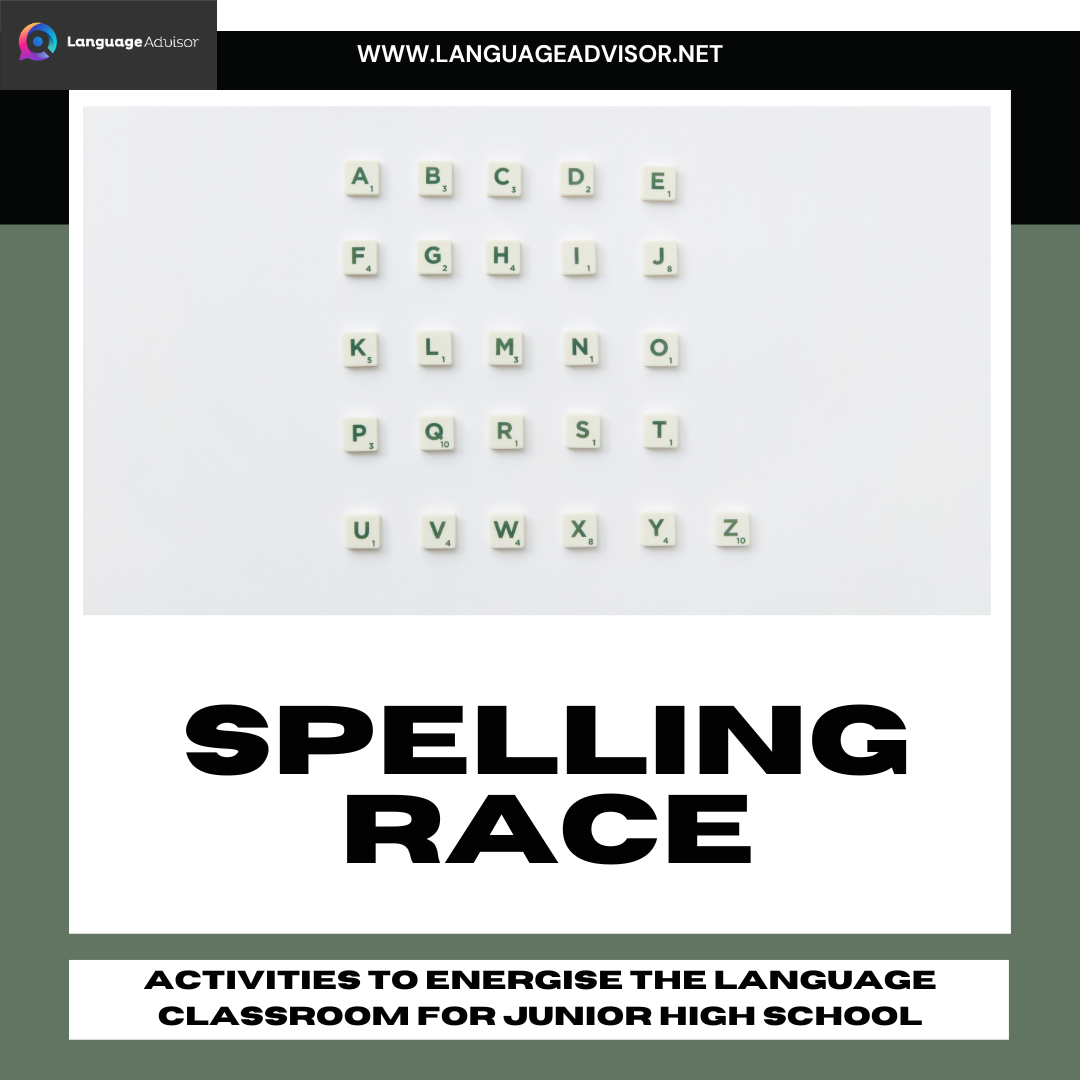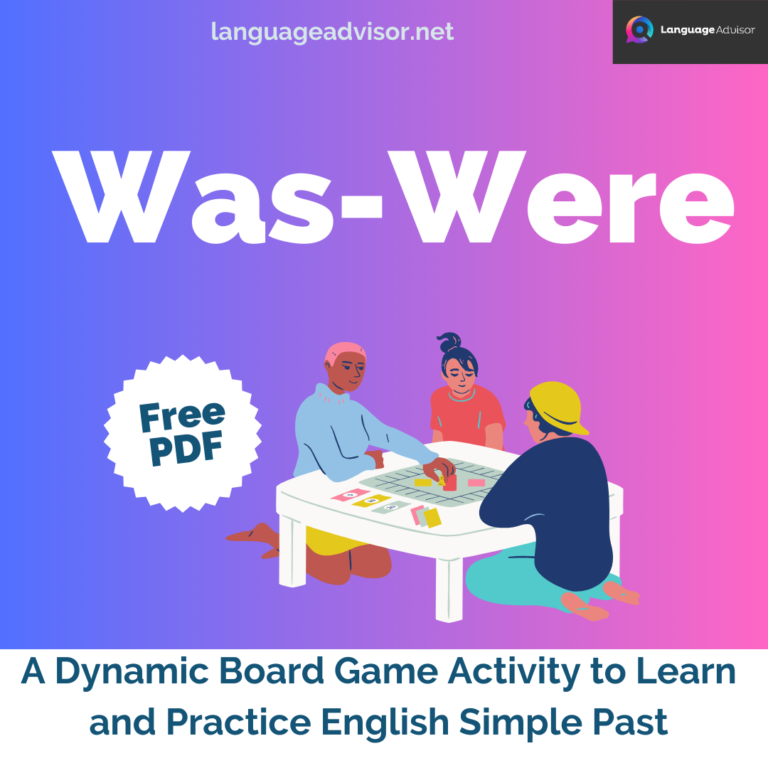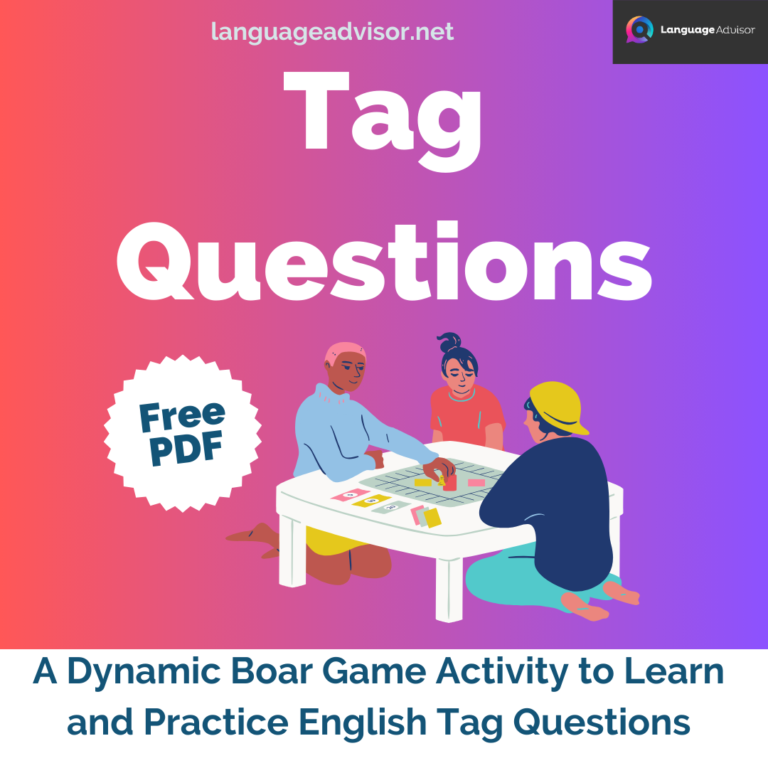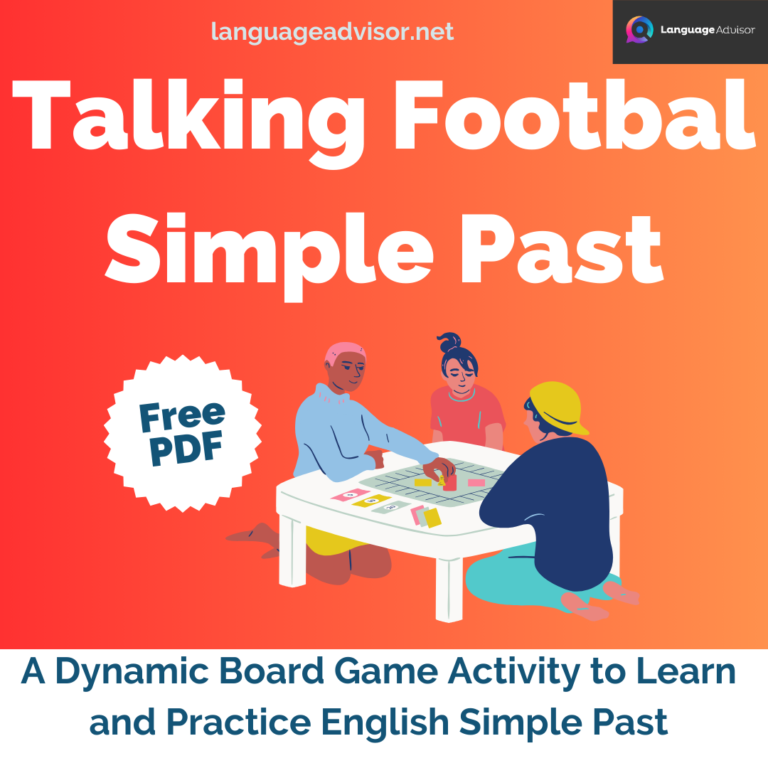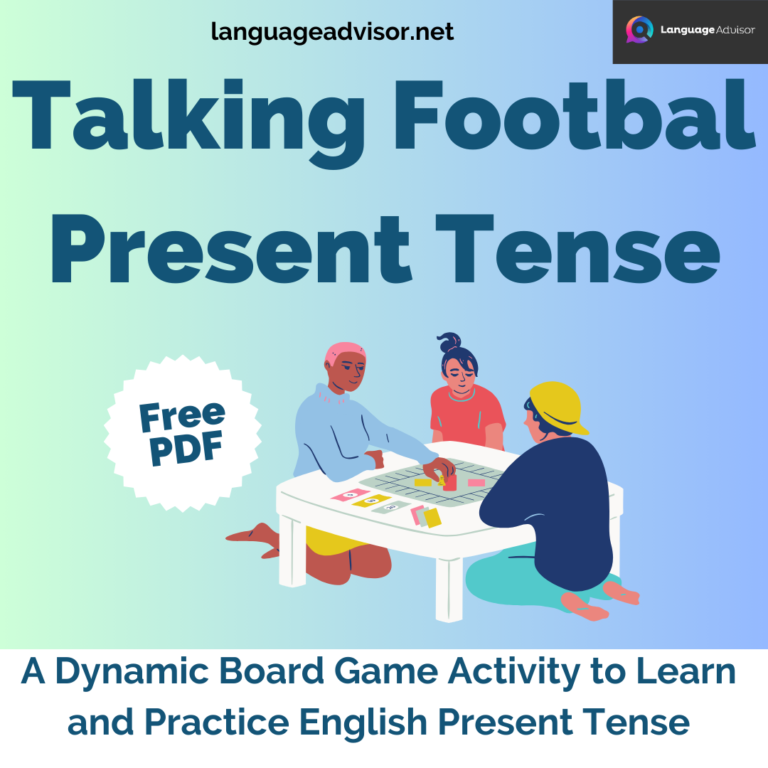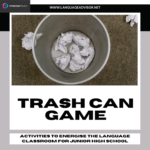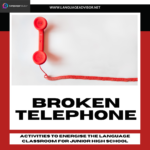SPELLING RACE. Games and Activities to Energise the Language Classroom for Junior High School
SPELLING RACE

Energising Language Classroom Activities for Junior High School: A Teacher’s Guide
Junior high school students often find language classes challenging, but as a language teacher, you have the power to transform these challenges into engaging learning experiences. Classroom activities are the key to achieving this transformation. These activities not only make learning enjoyable but also foster a deeper understanding of the language, leading to improved fluency and proficiency. In this blog post, we will explore a diverse range of innovative and interactive language classroom activities designed specifically for junior high school students. Whether you’re looking to enhance vocabulary retention, boost conversational skills, or make grammar lessons more enjoyable, this guide will provide you with a rich array of strategies to create a dynamic and effective learning environment for your students. Let’s embark on this journey to energize your language classroom and inspire your students to become passionate language learners.





SPELLING RACE
Target Group: All grades
Difficulty Level: Fundamentals
Activity Objective: To practice listening and improve students ability to connect English letters to English sounds.
SPELLING RACE – Procedure
Students are divided into teams of 4-6 and given a set of cards with letters printed on them. An English word is called out. Students must spell the word. Points are given to the team who answers the the fastest.
Materials and Preparation
Letter cards. Each set of letter cards includes one each of consonants and two of vowels. In addition, the phonetic combinations that are found in the back of the New Crown first and second year books are present. The cards were cut out of colored paper and laminated. Consonants are red.
Vowels are yellow. Consonant combinations are blue and vowel combinations are green. Do not give students a full set of cards. Select which ones are necessary for the vocabulary set you are working on. You can choose vocabulary sets based on textbook lessons, categories, or specific phonetic rules. For example, you can choose words that have ‘l’ or ‘r’, words that have to vowel combination ‘ai’, or words with and without a silent ‘e’. These cards can also be used to allow students to freely spell words. Give students a set of cards and ask them to spell as many words as they can in ten minutes.
Suggestions and Advice
To keep students calm, do not call on students who are noisy. To help encourage all group members to participate, have all students raise their hands when finished. Have successful groups spell the word for the class. Encourage slower groups by helping them or giving a word for only groups who haven’t answered a question





Energising Language Classroom Activities for Junior High School
In the world of language teaching, fostering a love for learning and effective communication is our ultimate goal. By implementing these engaging classroom activities for junior high school students, you are not only enhancing their language skills but also creating an environment where curiosity, creativity, and enthusiasm thrive. As we wrap up our exploration of these energizing language activities, remember that your role as a teacher is invaluable, and your dedication to making language learning exciting and impactful is what sets the stage for your students’ future success.
So, continue to innovate, adapt, and personalize these activities to suit the unique needs and interests of your students. Watch as their confidence soars, their vocabulary expands, and their ability to communicate fluently grows. With your guidance and these engaging activities in your teaching toolbox, you are well on your way to inspiring a new generation of confident and capable language learners. The journey to language proficiency may be challenging, but with your passion and these activities, it is always an exciting one.
Happy teaching!





Also check out these articles on teaching, teaching methods and teaching tools






